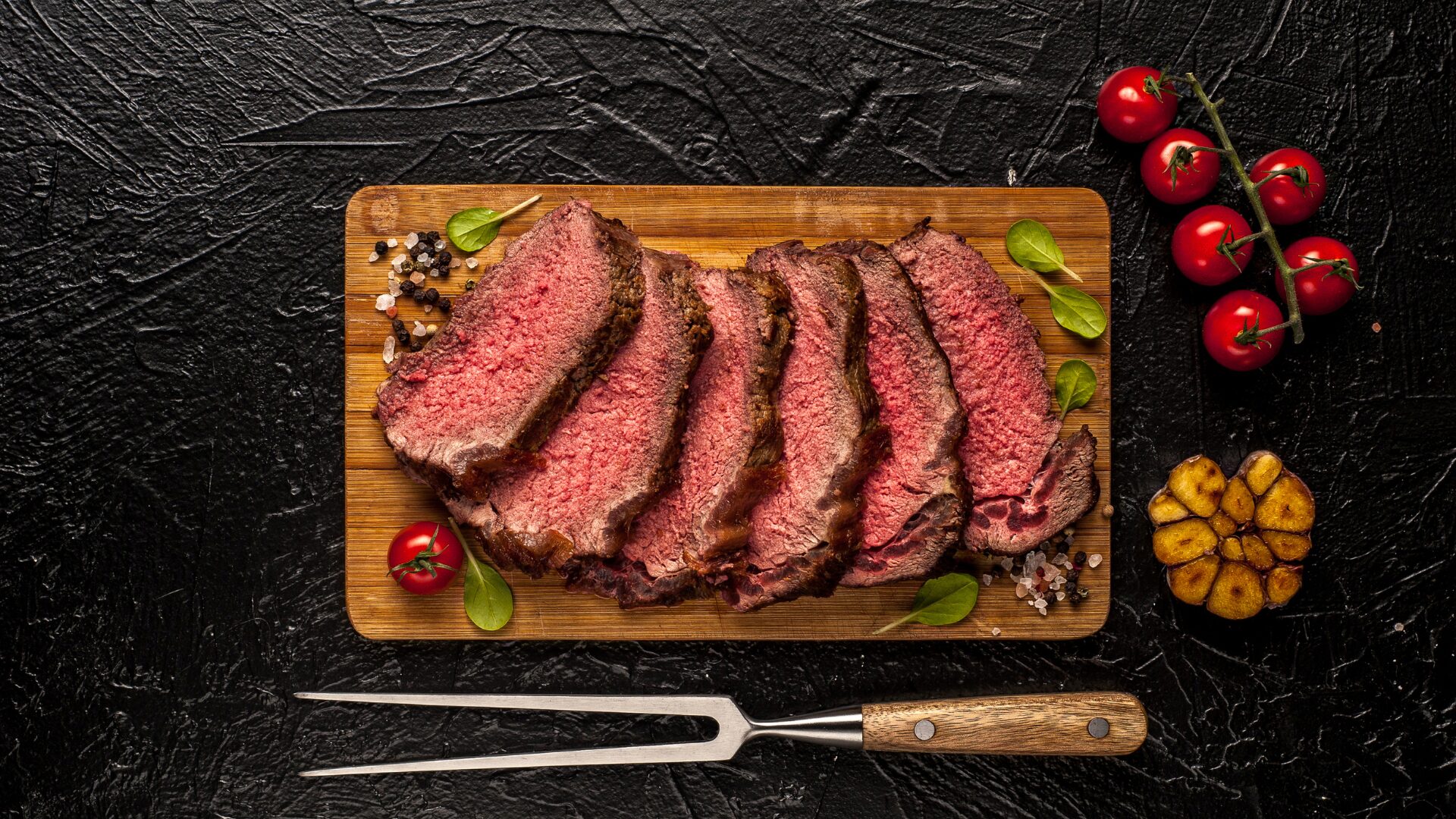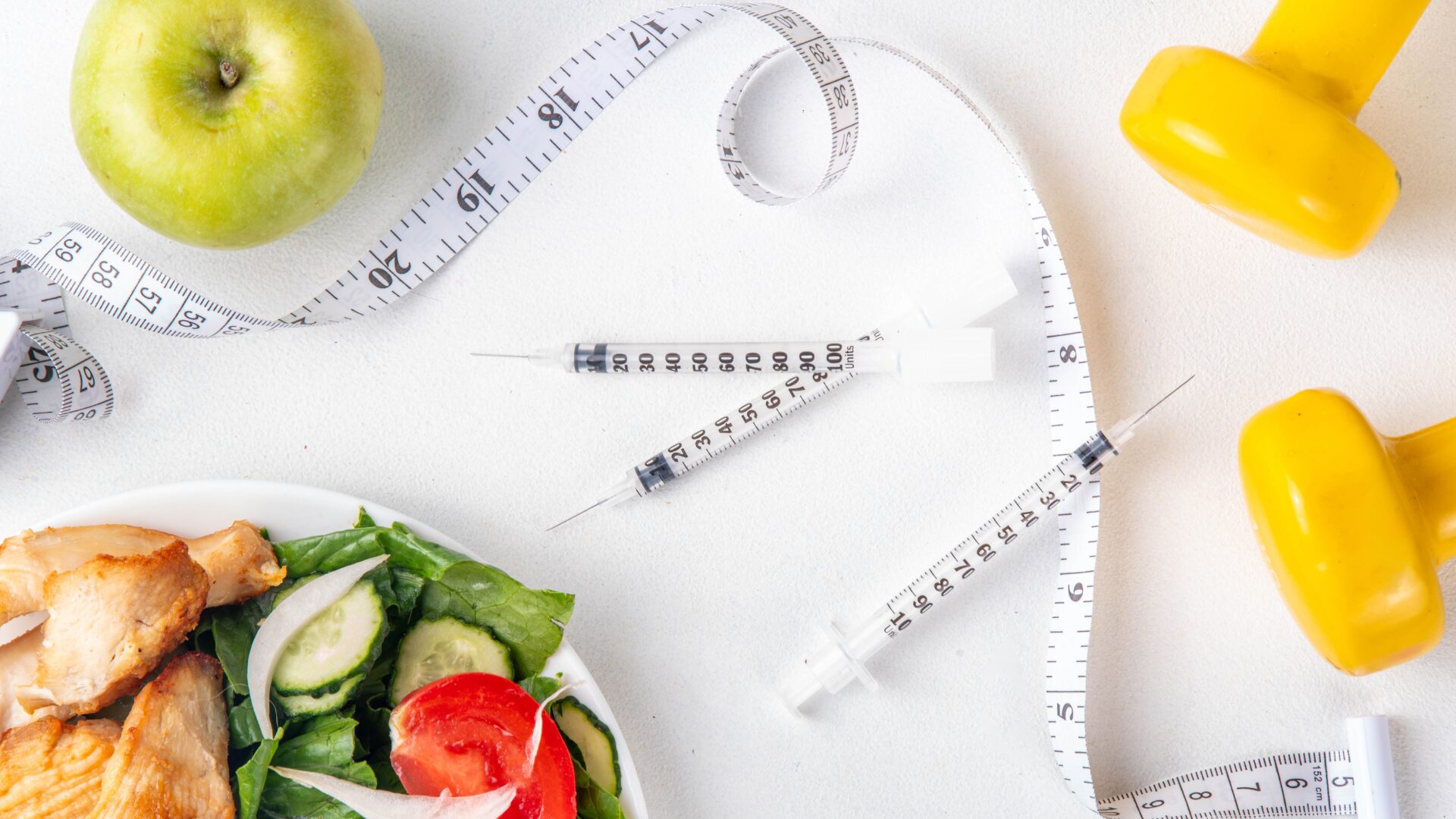China has started buying U.S. supplies of soybeans from next year’s crop much earlier than usual, reported Bloomberg (Dec. 7).
The world’s top importer is loading up on U.S. crops, including corn and soybeans, to feed a hog population that is recovering from African swine fever. The country’s economy is also recovering from the pandemic which is helping boost demand for food.
“To me, it is an indication they have a big purchase program for next year,” said Stephen Nicholson, a senior grain and oilseed analyst at Rabobank. “The Chinese have such a big book to buy that they just needed to get started sometime, because the longer they wait, the higher the probability of running the price up on themselves.”
The soybeans commenced loading at U.S. ports in October, according to people familiar with the matter. They added that Chinese buyers have continued to ask for additional supplies from the 2021-2022 season.
Additionally, there is speculation that China will turn to the U.S. to buy supplies for February 2021, due to dry weather delaying the crop in Brazil—the world’s largest producer.
“The delay in Brazilian seeding combined with recent dry weather has delayed the crop and pushed back maturation,” said AgResource in a report. “This has exporters scrambling.” The report added that Brazil has a quality and freight advantage into China, but that other world importers will be prodded to cover their soy import needs from the U.S.
On the other hand, pork imports by China, the world’s top consumer, may fall as much as 30% next year as the recovery of China’s hog herd from African swine fever exceeds expectations, according to a senior analyst with Rabobank, reported Bloomberg (Dec. 8).
Overall purchases of pork and offal could drop to 3.5 million tons in 2021 from a record of more than 5 million tons this year.
A drop in poultry imports is also expected, while beef imports are likely to remain strong due to limited growth in domestic output. Imports of red meat could rise by more than 20% next year if China allows the use of the growth additive ractopamine—which is prevalent in U.S. livestock.
Meanwhile, China could post its first year-on-year decline in consumer prices in over a decade, driven by the price of pork, reported Bloomberg (Dec. 7). However, the drop in pork costs and broader consumer prices will likely be temporary.
Standard Chartered Plc’s economist Ding Shuang said he expects “shallow CPI deflation for some of the prints before March next year,” but limited action from the People’s Bank of China (PBOC).
“It is quite unlikely for the PBOC to respond to a temporary CPI deflation caused by fluctuations of a single product such as pork, just as the central bank did not tighten monetary policy when CPI inflation surged in late 2019 and early 2020 due to pork prices,” he said.












